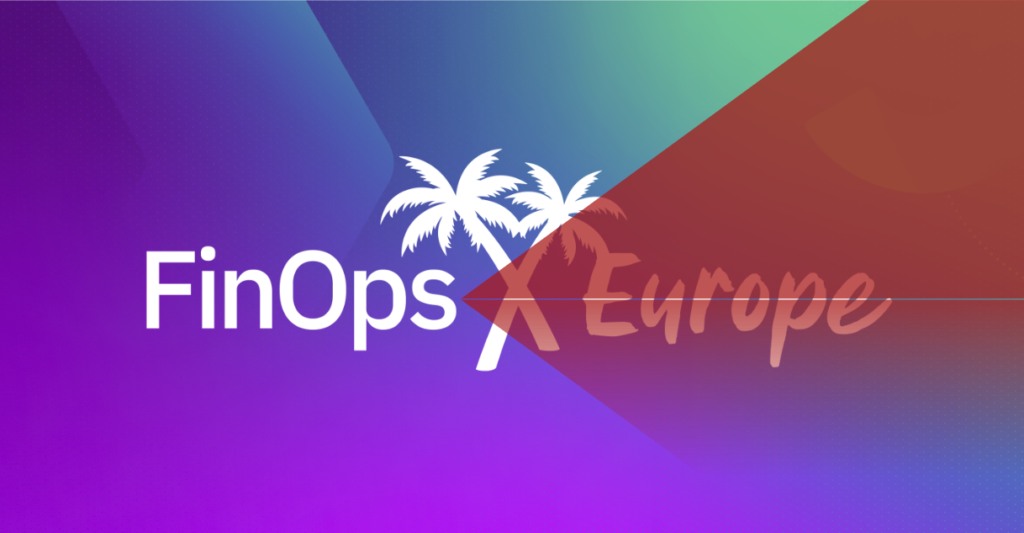In the ever-evolving landscape of technology, one thing remains constant: change. Software Asset Management (SAM) is no exception to this rule. The world of SAM is rapidly transforming, and it’s crucial for Chief Information Officers, Procurement Managers, Software Asset Managers, and Chief Executive Officers to stay ahead of the curve. In this blog post, we’ll explore the exciting opportunities in SAM for change, driven primarily by our new digital world and the diverse requirements of end-users.
The advent of the cloud has been a game-changer in the world of software asset management. It has not only altered the way we store and access data but has also shifted the accountability and delivery model for software. With the rise of Software as a Service (SaaS), companies now have more flexibility than ever before. This shift towards cloud-based solutions has made it imperative for organizations to adapt their SAM strategies accordingly. Fail to do so and spiralling costs are not the only issues a company faces.
One astonishing statistic that highlights the magnitude of this transformation is the fact that there has been a staggering 300% increase in available software since 2013. This proliferation of software options is a testament to the rapid pace of innovation in the tech industry. It’s no longer just about managing a few desktop or server applications; SAM now encompasses a vast and ever-expanding universe of software solutions. Procurement and IT teams more than ever require support and resource to manage the ever-increasing gravity of software costs and licence compliance.
However, amid these changes, one fundamental principle remains unchanged: the importance of recording licence data at the point of procurement or entry into a business. While the SAM landscape is evolving, this core aspect remains crucial for organizations, especially for IT resellers. The ability to accurately record and manage licence data is not just a best practice but also a legal requirement in many cases. Failing to do so can lead to costly compliance issues and potential legal ramifications. For many years end users have struggled to perform this important activity. Typically end users have been responsible for purchasing a SAM tool and entering in all the software and licence details at point of procurement themselves. Now there is a different model available, one whereby IT resellers using digital resources can do the work for their customers in a cost-efficient manner. Adding yet more value over digital Marketplace offerings. Without putting too much of a cloud (no pun intended) over the IT reseller space, finding the right macro balance has been historically difficult. Purchase a 3rd party SAM technology and try to use for all customers to record licence details and the costs are just too high. Conversely, using a Microsoft Excel sheet simply does not make the required grade.
The Changing Landscape:
The technology landscape has seen an unprecedented shift over the past decade. The rise of cloud computing and the proliferation of SaaS offerings have revolutionized the way businesses consume software. This exponential growth has brought about a fundamental change in the way companies acquire, use, and manage their software assets.
Traditional software asset management processes, which relied heavily on end users performing world class SAM or heavy and cumbersome managed services, are no longer adequate in this new environment. Companies now need a more agile and adaptable approach to keep up with the dynamic nature of modern software consumption.
The New Consumption Model:
The emergence of cloud computing and the widespread adoption of SaaS solutions have given rise to a new consumption model. In this model, businesses no longer purchase software licenses outright but subscribe to cloud-based services on a pay-as-you-go basis. This shift offers several advantages, including cost savings, scalability, and accessibility from anywhere with an internet connection.
However, this model also presents challenges in terms of software asset management. Tracking usage, ensuring compliance with licensing agreements, and managing costs in a cloud-driven environment can be complex and overwhelming.
Companies must adapt their strategies to align with this new paradigm. It is happening but there seems to be a conscious bias towards the status quo from the actual SAM industry itself. It is time we found a new model to manage software, one that is more practical, agile and can be delivered at pace, but still keeps a close eye on the importance of cost and licence compliance.
The Future Role of IT Resellers:
Recognizing the need for a new approach, some IT resellers are stepping up their digital game. Resellers, who have traditionally focused on hardware and software sales, are now investing in building digital capabilities to record and report in detail on software license and contract information. This transition is a response to the changing needs of their customers. In previous blogs we have highlighted SoftwareOne for their use of their internally built PyraCloud ©; Bytes now own LicenceDashboard © and Trustmarque now have LUCE ©. This is just the start as more IT resellers recognise the importance of being able to report on all software in detail for their clients.
IT resellers are uniquely positioned to assist businesses in navigating the complexities of modern software asset management. Their expertise in software procurement and licensing, combined with their newfound digital capabilities, allows them to offer valuable services in this evolving landscape.
At a basic level, being able to record all software and licensing details at point of sale to the end user is an incredibly powerful value add and sets up a potential partnership with the big four accountancies firms.
For end users, the importance of software in our new digital world is paramount. Understanding every aspect of your software is so important. So naturally, any additional support or reporting will be a huge help to IT and Procurement teams that are over run with the huge growth of applications in the market.
Big Four Accountancies:
While IT resellers are making strides in digital capability, another set of players that could significantly enhance the software asset management ecosystem – the big four accountancies. These global firms have a long history of providing audit and verification services, and they could apply their expertise to verify software license compliance and methodologies. This is already happening in the tier one space; publishers such as Oracle, IBM, SAP etc are all covered.
Historically they have been pigeonholed into ‘compliance’ led activities. This is a little dated and normally tends to come from corners of the SAM industry that are attempting to muddy the waters. In most cases the big four SAM and licensing teams are the most experienced and thorough at performing licence reporting. Essential when a Board is trying to protect the business from aggressive or tactical compliance audits from publishers or protect from unwanted expenditure on software.
By partnering with IT resellers, big four accountancies are offering independent verification services that provide an added layer of trust and transparency. This is not only benefiting IT resellers but also providing assurance to businesses that their software assets are being managed in a compliant and cost efficient manner.
Efficient SAM Reporting – Verification Services:
By putting the emphasis and responsibility of recording software licence details on the end user the SAM industry is making the process of software management so much harder. In fact, as the software market grows, the current approach is just simply not fit for purpose. Change is required.
The collaboration between IT resellers and big four accountancies to deliver verification services represents a much more economical and efficient way of providing software reporting services. Businesses are benefitting from a streamlined process that combines the expertise of both parties, reducing the administrative burden and costs associated with software asset management.
Moreover, independent verification by reputable accountancy firms instils confidence in software compliance, reducing the risk of costly audits and penalties. This approach is helping companies make informed decisions about their software assets, optimize costs, and stay compliant with licensing agreements.
Conclusion
The growth of cloud computing, SaaS solutions, and the abundance of applications available since 2013 has ushered in a new era of software asset management. Companies can no longer rely on traditional methods to effectively manage their software assets. Instead, they require a fresh approach that leverages the digital capabilities of IT resellers and the verification services of big four accountancies.
By embracing this new model, businesses can achieve greater efficiency, cost savings, and compliance in their software asset management practices. The collaboration between IT resellers and accountancy firms holds the key to a future where software management is both economical and efficient, ensuring that companies can adapt and thrive in the ever-evolving technology landscape.
So where does Appstrato come into play? For a number of years the team at Appstrato have been researching and looking at new ways to approach software asset management. Our underlying concern has always been that the model required change. We do not need more standards or guidelines. We need functional and practical solutions to manage the cost and risk associated with software. We need to find a way to support organisations that are faced with new consumption models, charges, and the increasing importance software plays in a business.
To support the above changes, we have created a platform that allows IT resellers to provide detailed reports on software licensing, installation numbers and usage. In turn the platform is then open for the verification services of the big four. In short we have taken the burden off end users whilst ensuring the fundamental aspect of SAM are provided in a cost efficient manner.




